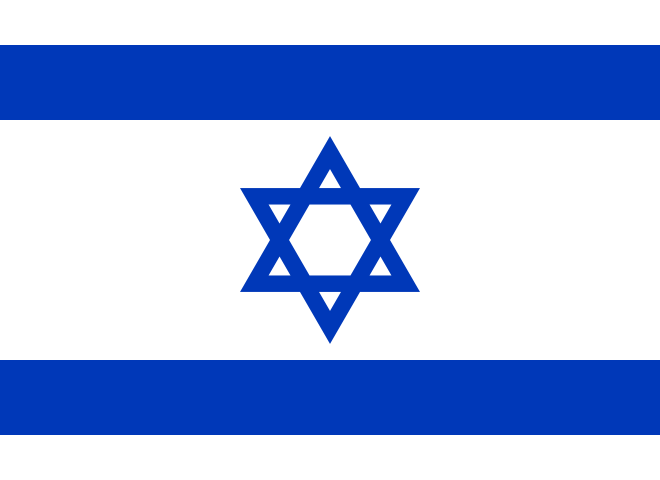Known in Hebrew as a Magen David (Shield of David), the six-pointed Star of David is composed of two triangles superimposed on each other, forming the shape of a hexagram. It is the symbol most commonly associated with Judaism today, even though it is actually a relatively new Jewish symbol.
READ: Menorah
It is supposed to represent the shape of King David's shield (or perhaps the emblem on it), but there is really no support for that claim in any early rabbinic literature. Indeed, some historians trace it to Jewish communities in the Middle Ages, but these claims are neither fully substantiated nor widely accepted.
In the 17th century, it became a popular practice to put the Star of David on the outside of synagogues, in order to identify them as Jewish houses of worship. Around this time, the star also became part of synagogue architecture in Europe, in the Middle East and North Africa.
After the Dreyfus Affair in the 19th century, the star was adopted by the Zionist movement at its 1897 Congress; this gave the symbol more international prominence. In the 20th century, the star became even more evocative of Judaism when it was used by the Nazis to mark Jews for persecution. And after the Holocaust, the same star became part of the flag of the nascent State of Israel.
Franz Rosenzweig, in the "Star of Redemption," which he wrote on postcards during World War I, described two interlocking triangles: the corners of one representing creation, revelation, and redemption; the corners of the other representing Man, the World, and G-d.
Today, the Star of David has also been incorporated into Jewish jewelry design, and it is also commonly found on Judaica objects, from kiddush cups, to mezuzot and kippot (and in some Jewish communities, it is engraved on coffins). In Israel, the equivalent of the Red Cross is known as Magen David Adom (the Red Star of David).
Data have been sourced from here and here.


No comments:
Post a Comment